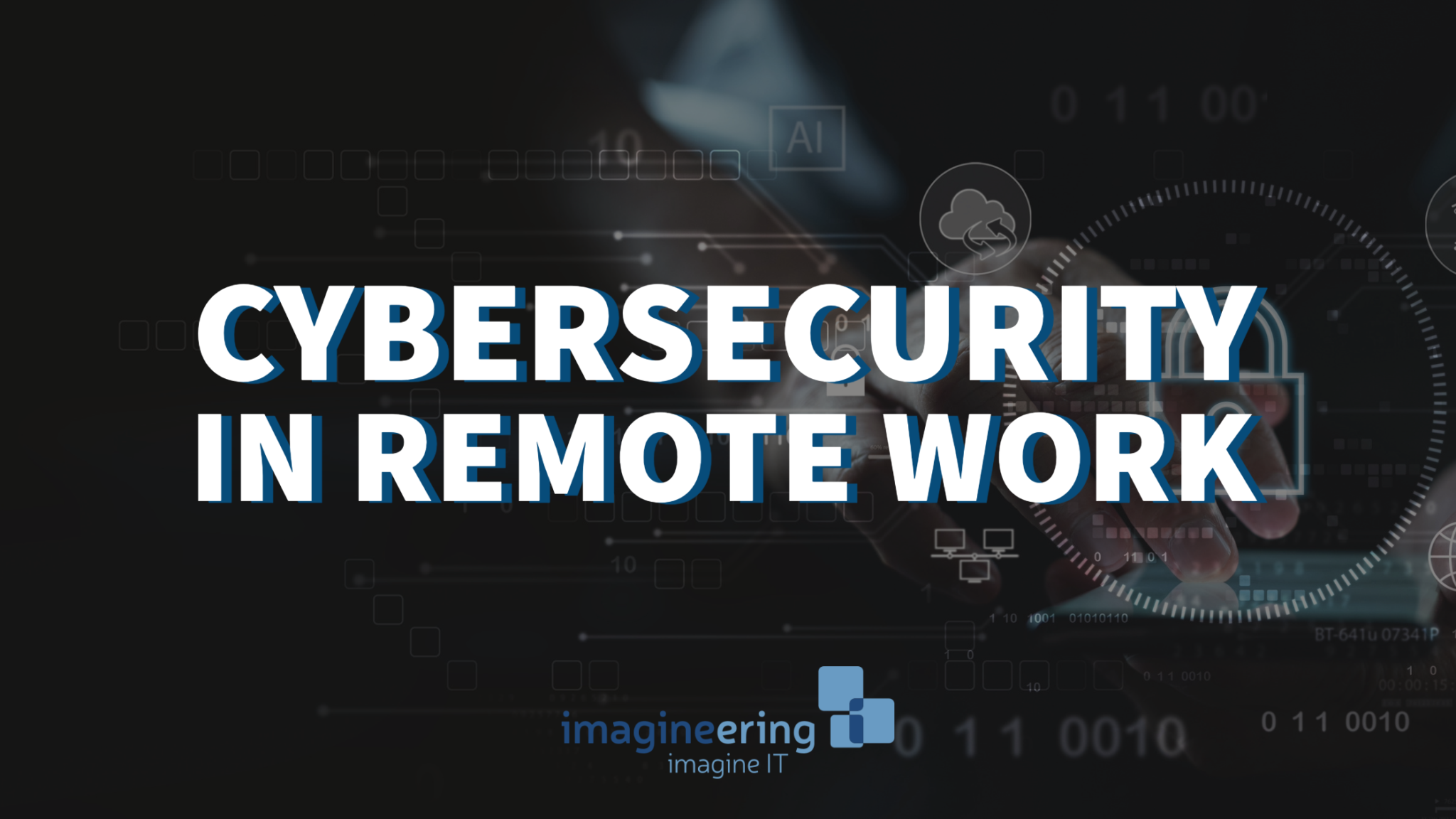As remote work becomes an integral part of the modern workplace, ensuring robust cybersecurity practices is more important than ever. While working from the comfort of your home or a café can be a luxury, it comes with its own set of security challenges that need diligent management. Here are the best practices for maintaining cybersecurity while working remotely:
1. Secure Your Internet Connection
Always avoid public Wi-Fi networks when working remotely. Public connections pose significant security risks, including the potential for unauthorized access to your data. Instead, use a personal hotspot or a trusted private Wi-Fi network. If you must use public Wi-Fi, ensure you connect through a Virtual Private Network (VPN) to encrypt your data and shield your activities from prying eyes.
2. Implement Strong Access Controls
Utilize multi-factor authentication (MFA) for all your devices and sensitive accounts. MFA adds an extra layer of security by requiring two or more verification methods, significantly reducing the chances of unauthorized access.
3. Maintain Physical Security
When working outside your home, be mindful of your surroundings and who might be watching your screen. Use privacy screens if necessary, and never leave your devices unattended in public places. Physical security is as important as digital security, as it prevents direct access to your devices.
4. Use Secure and Approved Devices
Always use work-issued devices for business activities. These devices are typically equipped with advanced security features and are regularly updated by IT departments to address security vulnerabilities. Avoid using personal devices for work-related tasks, as they may not have the same level of security and could potentially expose sensitive company data.
5. Encrypt Sensitive Data
Ensure that all sensitive data, whether stored on your device or transmitted over the internet, is encrypted. Encryption converts data into a coded form that requires a key or password to decrypt, protecting it from unauthorized access even if intercepted.
6. Regularly Update and Patch Devices
Keep your operating system, applications, and any installed software up to date with the latest patches and updates. Software updates often include security patches that protect against newly discovered threats and vulnerabilities.
7. Educate Yourself and Your Team
Stay informed about the latest cybersecurity threats and best practices. Regular training sessions for you and your team can significantly reduce the risk of a security breach. Understanding the potential threats and knowing how to prevent them is crucial in a remote work environment.
8. Develop Comprehensive Cybersecurity Policies
Create detailed cybersecurity policies that address the unique challenges of remote work. These policies should cover aspects such as secure connections, data privacy, device usage, and incident response strategies. Clear guidelines will help employees understand their responsibilities and the actions they need to take to secure their work environment.
Conclusion
Adapting to remote work requires a shift not just in where we work, but also in how we manage and secure our digital environments. By following these essential cybersecurity best practices, businesses can protect themselves from potential threats and ensure that their data and systems remain secure, no matter where their team is working from.
Implementing these strategies will help safeguard your business’s sensitive information and maintain the integrity of your remote operations. Stay vigilant and proactive in your cybersecurity efforts to adapt successfully to the evolving landscape of remote work.
Protect Your Business for the Price of a Cup of Coffee

The Rising Threat of Identity-Based Attacks—and How Huntress Can Help
Cyberattacks are more common—and more sophisticated—than ever. In this post, we explore why cybersecurity should be a priority for every organization and how Huntress delivers the kind of real-time detection and response businesses need to stay protected.

Top 5 Identity Threats You Can’t Afford to Ignore
Securing sensitive information has become paramount for businesses of all sizes. Let us help you build a secure, resilient digital environment where your business can thrive without fear of compromise.

Cybersecurity in Remote Work: Essential Best Practices to Safeguard Your Data
While working from the comfort of your home or a café can be a luxury, it comes with its own set of security challenges that need diligent management. Here are the best practices for maintaining cybersecurity while working remotely







